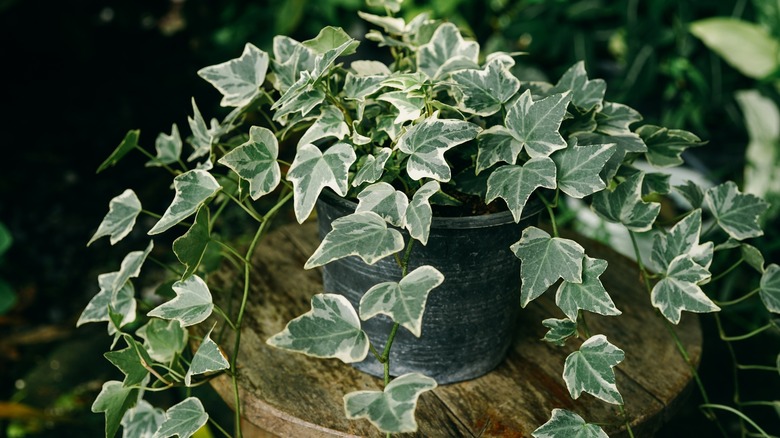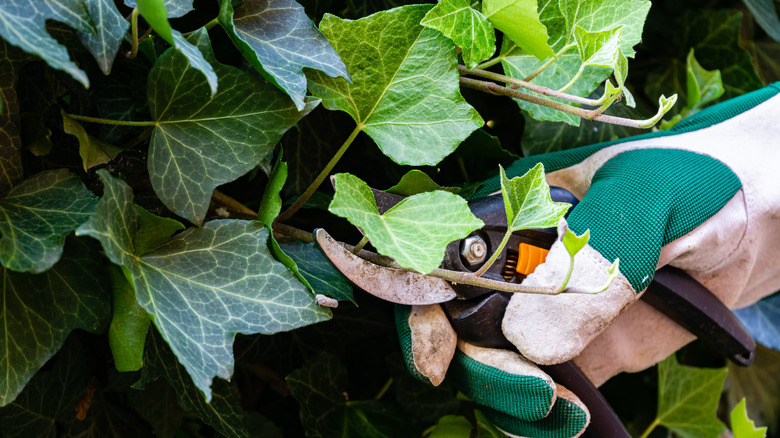We may receive a commission on purchases made from links.
You can argue that plants aren’t good or bad; it just depends on how they function in their environment. English ivy (Hedera helix) is one of those plants that will test your patience in this debate. It’s listed as invasive and can choke out native plants if left to its own devices outdoors. Though it’s a pretty plant in its own right, it’s bad news if someone isn’t actively taking care of it. When growing English Ivy indoors, however, it’s often seen as a good plant – great, even – because of its quick growth and elegant style. However, it does have some downsides as an indoor plant, too. It can cause a skin rash when you touch it and harm curious pets and humans if they eat it.
English ivy isn’t all bad, though. When looked after as a houseplant and kept out of reach by children and pets, it makes a beautiful plant that will last for years to come. If you want English ivy in your home, take some time to understand how it spreads and how it may harm those around you. With a little extra care, you can keep this plant in your home while keeping others safe.
Ingesting English ivy is dangerous

You may not look at English ivy and think, “That probably tastes good,” but that doesn’t mean someone else will. Children and pets like to navigate the world with their mouths since there are so many interesting textures and flavors to explore. But if they get adventurous with your Hedera helix, they may experience upset stomachs. English ivy only causes minor symptoms like nausea and vomiting, but according to Healthline, there isn’t much research available on the topic, so it isn’t certain if eating a large amount will result in worse symptoms.
The ASPCA recommends contacting a veterinarian as soon as possible if a pet eats English ivy. Common symptoms in animals include abdominal pain, hypersalivation, and vomiting. The ivy produces toxic berries, but the leaves are even more toxic. Even though berries may be more enticing to those with tiny hands or paws, the leaves may be a bigger threat since so many are readily available.
English ivy is a skin irritant

Pruning may prove to be a cumbersome chore if you want to successfully grow English ivy indoors. It produces a sap that is a skin irritant to many people. It’s only known to cause a rash on the skin when you touch it. It isn’t known to have any life-threatening side effects. Still, you should exercise caution when handling English ivy, especially if you haven’t handled the plant before. If you have an allergy to the plant, your case of skin irritation could be much more dire.
Wear protective gardening gloves and a long-sleeve shirt when pruning and handling English ivy in your home. It will take away any chance you have of coming into contact with the sap and will prevent you from breaking out into a rash. Keep kiddos and pets away from the plant to prevent them from coming into contact with it. Use a trellis to train the plant to grow up rather than cascade down. Moss sticks and plant clips are other ways you can keep long vines off the ground.



